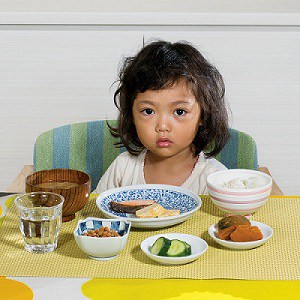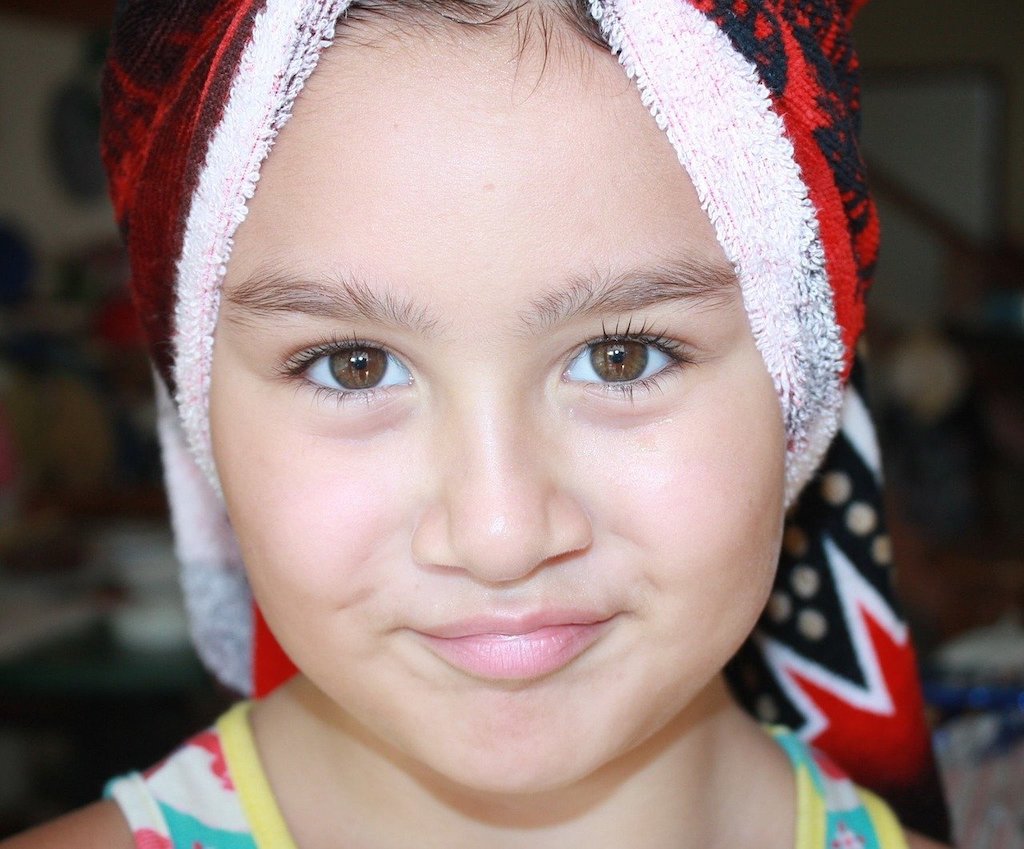What kids all around the world eat for breakfast.
Americans tend to lack imagination when it comes to breakfast. The vast majority of us, surveys say, start our days with cold cereal — and those of us with children are more likely to buy the kinds with the most sugar. Children all over the world eat cornflakes and drink chocolate milk, of course, but in many places they also eat things that would strike the average American palate as strange, or worse.

Breakfast for a child in Burkina Faso, for example, might well include millet-seed porridge; in Japan, rice and a putrid soybean goop known as natto; in Jamaica, a mush of plantains or peanuts or cornmeal; in New Zealand, toast covered with Vegemite, a salty paste made of brewer’s yeast; and in China, jook, a rice gruel topped with pickled tofu, strings of dried meat or egg. In Cuba, Brazil and elsewhere in Latin America, it is not uncommon to find very young children sipping coffee with milk in the mornings. In Pakistan, kids often take their milk with Rooh Afza, a bright red syrup made from fruits, flowers and herbs. Swedish filmjolk is one of dozens of iterations of soured milk found on breakfast tables across Europe, Asia, the Middle East and Africa. For a child in southern India, the day might start with a steamed cake made from fermented lentils and rice called idli. “The idea that children should have bland, sweet food is a very industrial presumption,” says Krishnendu Ray, a professor of food studies at New York University who grew up in India. “In many parts of the world, breakfast is tepid, sour, fermented and savory.”
Parents who want their kids to accept more adventurous breakfasts would be wise to choose such morning fare for themselves. Children begin to acquire a taste for pickled egg or fermented lentils early — in the womb, even. Compounds from the foods a pregnant woman eats travel through the amniotic fluid to her baby. After birth, babies prefer the foods they were exposed to in utero, a phenomenon scientists call “prenatal flavor learning.” Even so, just because children are primed to like something doesn’t mean the first experience of it on their tongues will be pleasant. For many Korean kids, breakfast includes kimchi, cabbage leaves or other vegetables fermented with red chile peppers and garlic. A child’s first taste of kimchi is something of a rite of passage, one captured in dozens of YouTube videos featuring chubby-faced toddlers grabbing at their tongues and occasionally weeping.
Children, and young omnivorous animals generally, tend to reject unfamiliar foods on the first few tries. Evolutionarily, it makes sense for an inexperienced creature to be cautious about new foods, which might, after all, be poisonous. It is only through repeated exposure and mimicry that toddlers adjust to new tastes — breakfast instead of, say, dinner. That we don’t put pickle relish on waffles or eat Honey Bunches of Oats for supper are rules of culture, not of nature. As children grow, their palates continue to be shaped by the food environment they were born into (as well as by the savvy marketers of sugar cereals who advertise directly to the 10-and-under set and their tired parents). This early enculturation means a child in the Philippines might happily consume garlic fried rice topped with dried and salted fish called tuyo at 6 in the morning, while many American kids would balk at such a meal (even at dinnertime). We learn to be disgusted, just as we learn to want a second helping.
Sugar is the notable exception to “food neophobia,” as researchers call that early innate fear. In utero, a 13-week-old fetus will gulp amniotic fluid more quickly when it contains sugar. Our native sweet tooth helps explain the global popularity of sugary cereals and chocolate spreads like Nutella: Getting children to eat sugar is easy. Teaching them to eat slimy fermented soybeans, by contrast, requires a more robust and conservative culinary culture, one that resists the candy-coated breakfast buffet.
To sample the extensive smorgasbord that still constitutes breakfast around the world, Hannah Whitaker recently visited with families in seven countries, photographing some of their youngest eaters as they sat down in front of the first meal of the day.






